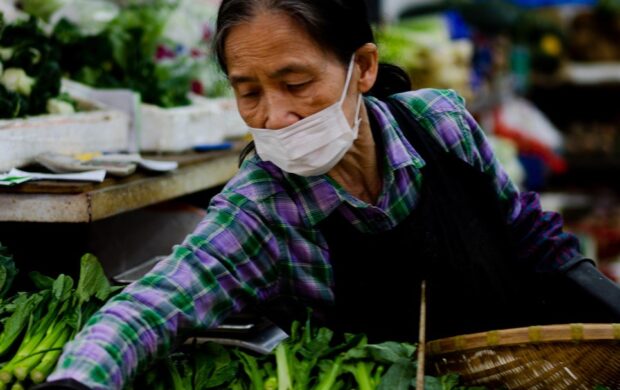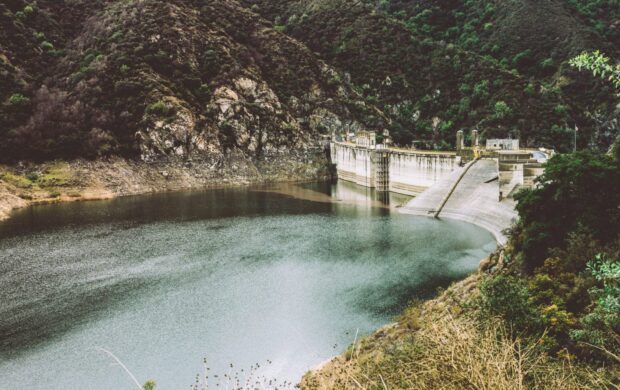COVID-19 has illuminated the life or death importance hygiene and sanitation around the world. While people have been dying due to lack of hygiene and sanitation since the beginning of time, COVID-19 has changed the global perspective towards them and illuminated their paramount significance for human health. Without availability of hygiene and sanitation, people are at much greater risk for contracting and transmitting diseases. And without water, hygiene and sanitation are very difficult to achieve.

So what?
Water stressed regions and populations – a growing number – have found themselves most vulnerable to contracting and transmitting the disease for lacking basic hygiene and sanitation infrastructure. Water is integral to such infrastructure, and after experiencing the global and interconnected nature of COVID-19 transmission , it is likely that global health efforts will find renewed interest – regardless of national boundaries.
Increasing imbalances in hydrological cycles due to rising temperatures are creating more wetter than usual wet places and more drier than usual dry places. People living in all of these regions and are suffering disproportionately according to their region’s water infrastructure and availability.
Could geopolitical consensus around water management be a key outcome of the COVID-19 pandemic. Furthermore, if access to water and sanitation infrastructure is required globally to preserve human health locally, what could this mean for increasing transnational migration from Latin America, to North Africa, to Western Asia?



















Join discussion